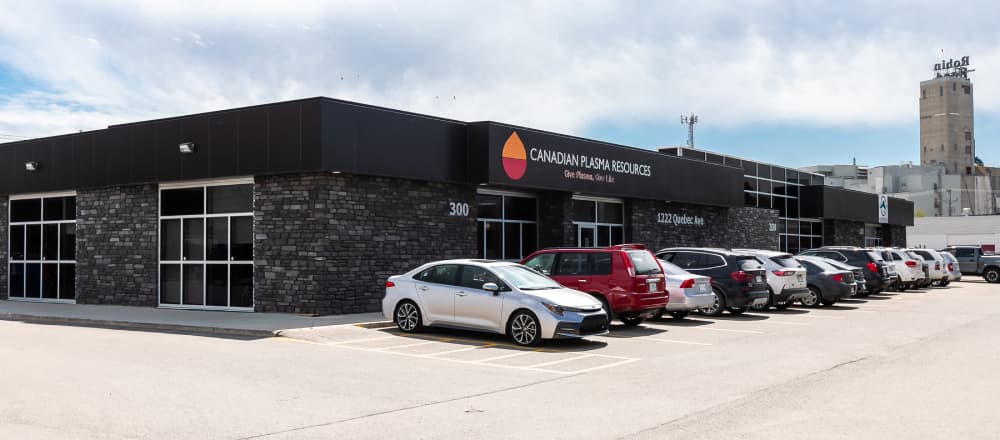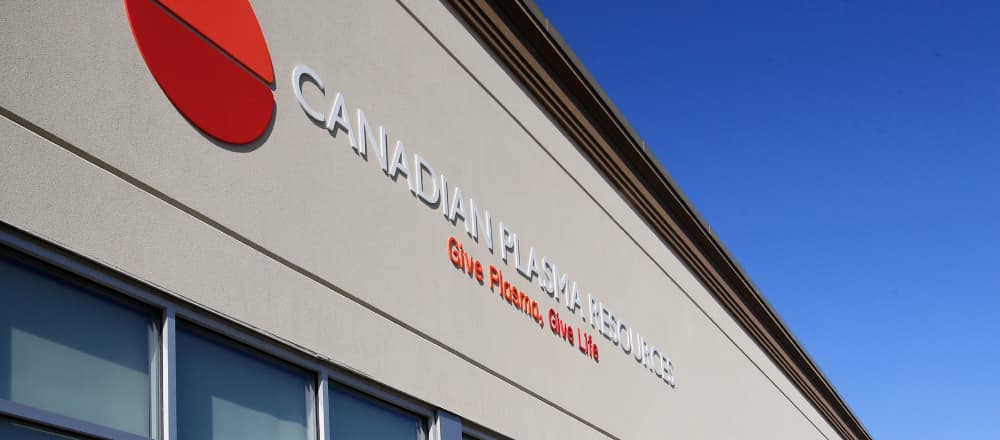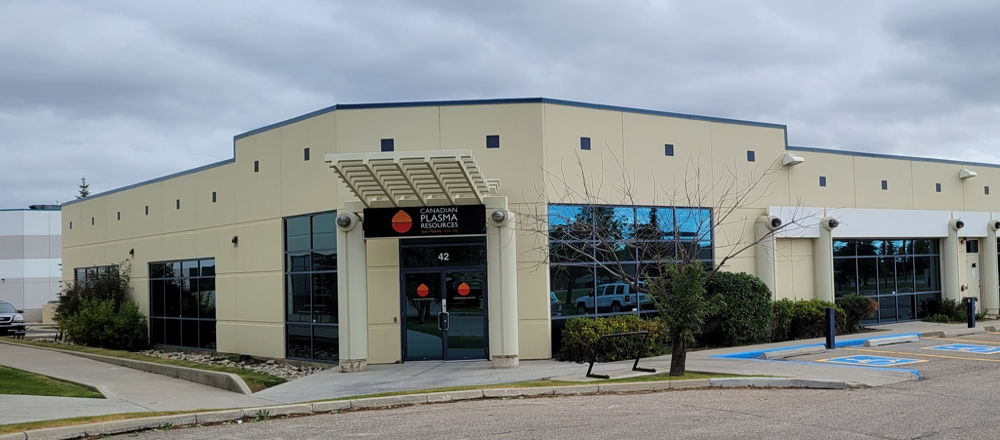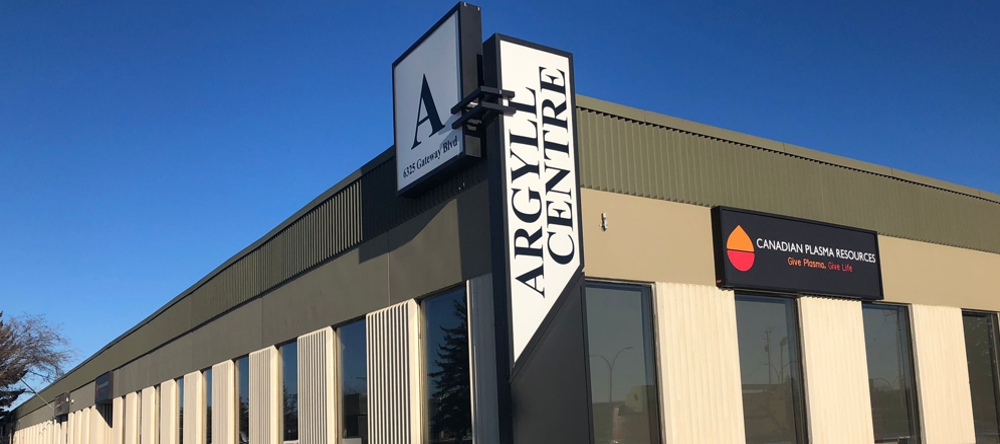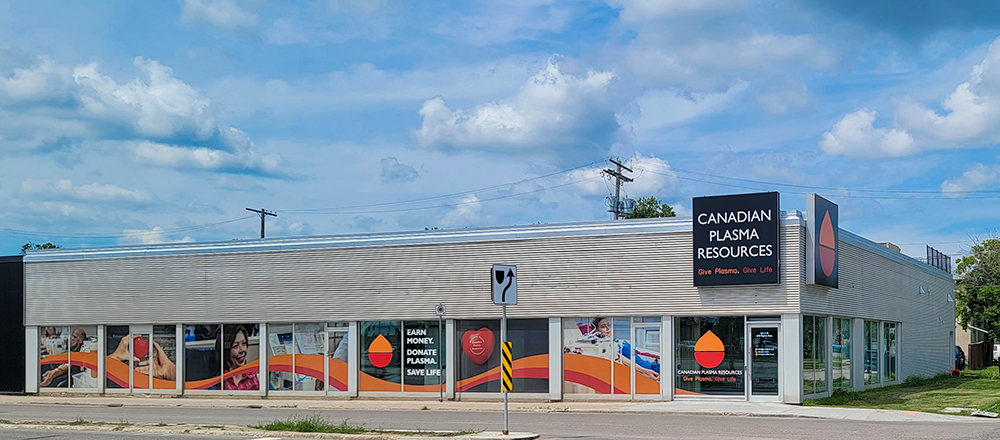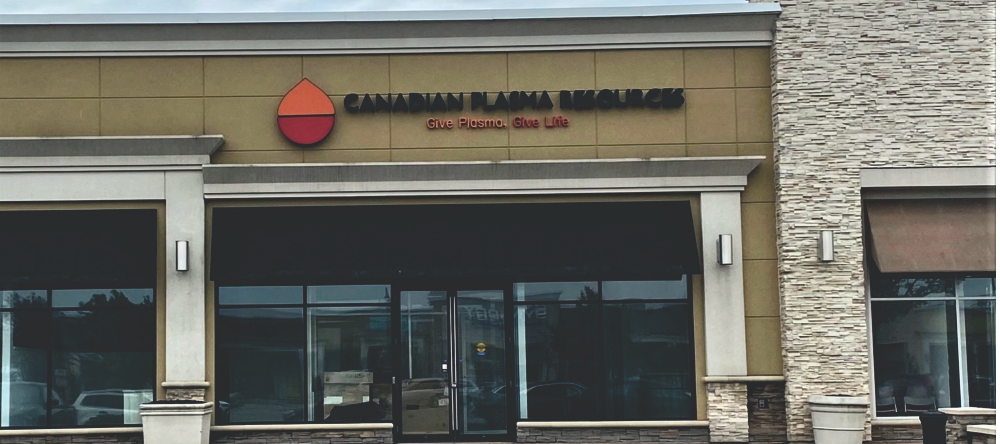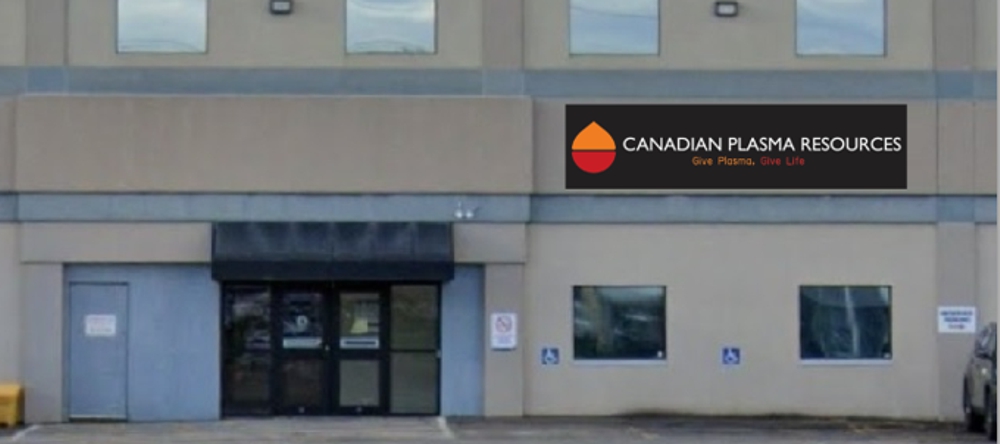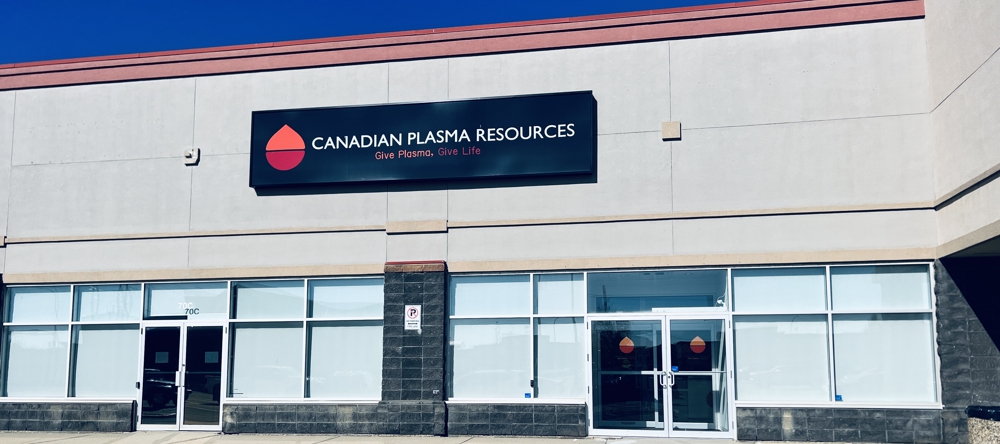How Blood Plasma is Processed Post-Donation
February 26, 2020
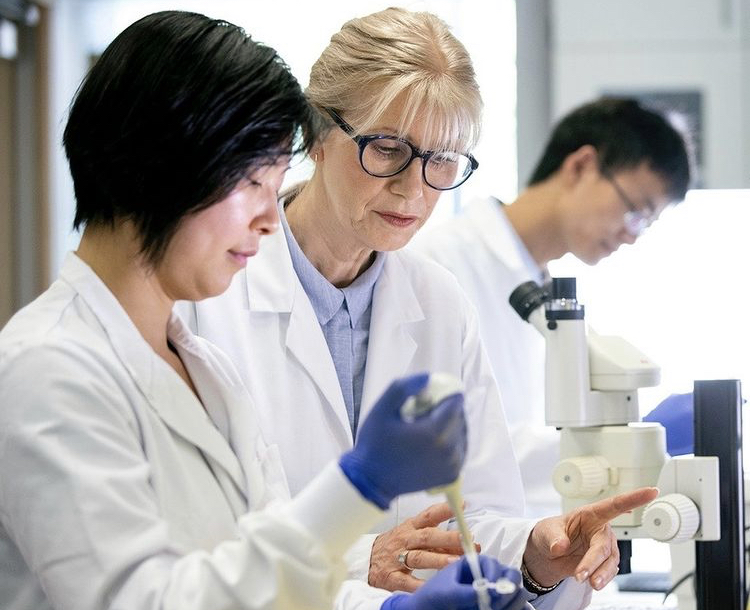
Manufacturing blood plasma into lifesaving treatments is a complex process that involves several steps beyond plasma donation. To ensure the safety and quality of plasma products, manufacturers must abide by strict regulatory requirements, and creating therapies that can treat rare conditions using the albumin, alpha-1 proteinase inhibitors, clotting factors, and immunoglobulins present in plasma can take anywhere from 7-12 months to complete. If you’re curious about what happens to your plasma beyond the donor bed, keep reading to learn how plasma is processed post-donation.
Collecting and Holding Blood Plasma
Unlike many other manufactured drugs that are created from synthetic materials, plasma-derived therapies are made from blood plasma, a biological material that is collected from donors via apheresis machines. Once a donor’s blood has been run through an apheresis machine and the plasma is separated out, it is collected, sampled, and sent for testing.
Plasma must be held in inventory for 60 days before the manufacturing process can begin in accordance with international standards that have been set out by Quality Standards of Excellence, Assurance and Leadership (QSEAL). This hold period makes it possible for source plasma to be identified, retrieved, and destroyed if post-donation information reveals a donor isn’t qualified to give plasma.
Blood Plasma Fractionation
After blood plasma has made it past the 60-day inventory hold, it is pooled, purified, and processed through a process known as “fractionation”. During fractionation, plasma proteins are separated or “fractioned off” through a combination of changing temperature, time, ethanol concentrations, and pH. Purification methods including precipitation, centrifugation, separation, and filtration, as well as viral reduction treatments are then used according to individual properties of the protein classes present in plasma.
Viral reduction treatments play an important part in ensuring the plasma products being manufactured are as safe as possible. Viral inactivation methods include solvent/detergent (S/D) and pasteurisation, both of which have proven to be effective at preventing the transmission of highly pathogenic viruses via coagulation factor concentrates.
In addition to the extensive manufacturing processes fractionators perform, they also invest heavily in research and technologies in an effort to improve the quality of proteins extracted from plasma.
The complex processes, strict regulations, and innovative techniques involved in the manufacturing of plasma products set this production apart from other pharmaceuticals. From the initial plasma donation to the lifesaving therapies that individuals living with immune deficiencies and autoimmune diseases benefit from and everything in between, the creation of plasma-derived products is truly an incredible feat.
Book your next appointment at Canadian Plasma Resources today to contribute to the creation of therapies that help save lives.

